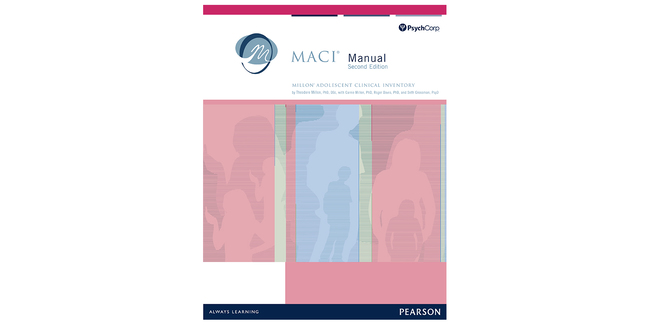Designed specifically for teenagers, the Millon® Adolescent Clinical Inventory helps identify early signs of Axis I and Axis II disorders in adolescents. This dedicated tool, recently enhanced by the addition of Grossman Facet Scales, helps assess personality patterns as well as self-reported concerns and clinical symptoms. Guidance on using this test in your telepractice
Millon Adolescent Clinical Inventory
MACI
Designed specifically for teenagers, the Millon® Adolescent Clinical Inventory helps identify early signs of Axis I and Axis II disorders in adolescents. This dedicated tool, recently enhanced by the addition of Grossman Facet Scales, helps assess personality patterns as well as self-reported concerns and clinical symptoms. Guidance on using this test in your telepracticeChoose from our formats
Test forms & reports
Booklets, record forms, answer sheets, report usages & subscriptions
1 option
Support materials
Manuals, stimulus books, replacement items & other materials
2 options
All products
All tests and materials offered for MACI
3 options
